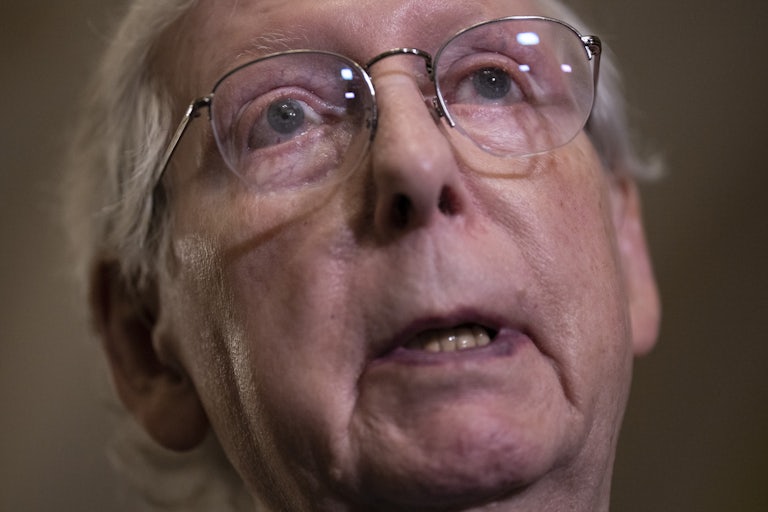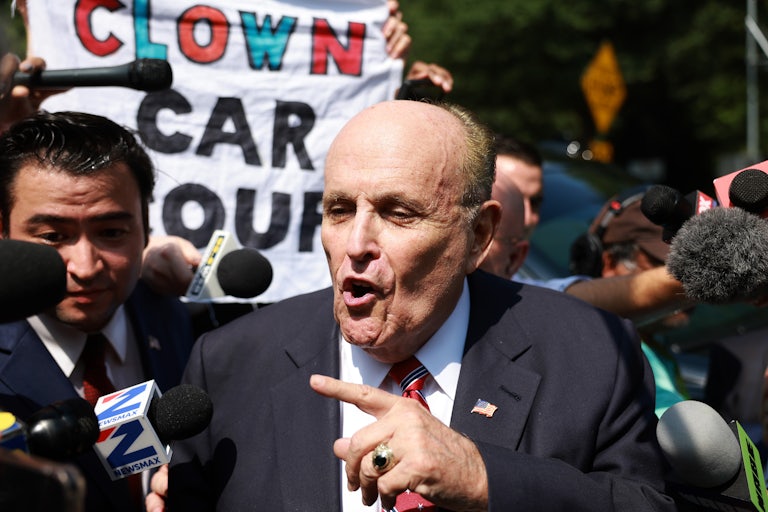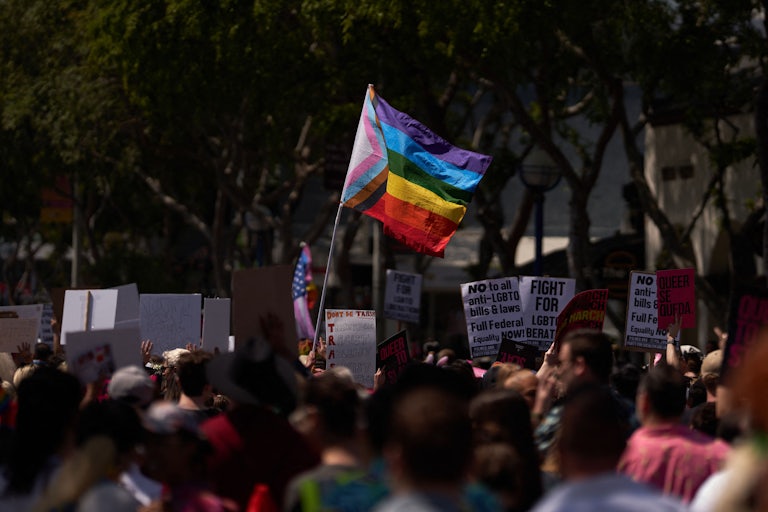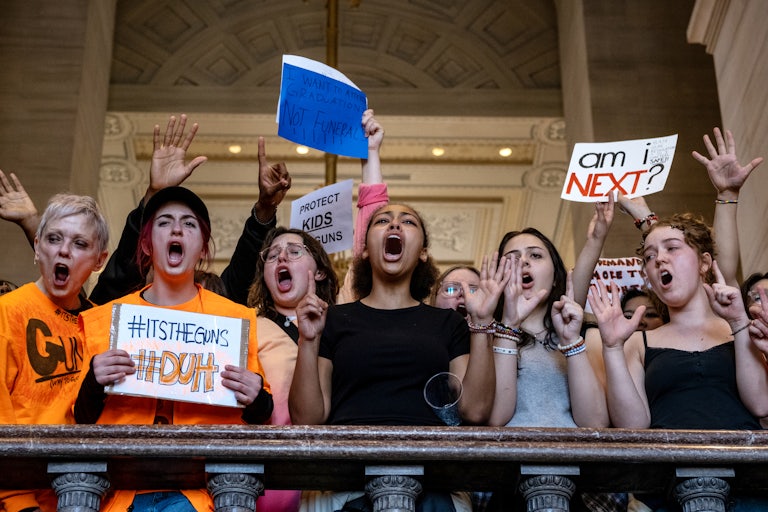Biden Labor Department Moves to Give 3.6 Million Workers Overtime Pay
It’s not a minimum-wage increase, but for many it would have a comparable effect.

The Labor Department on Wednesday proposed to extend overtime protection to 3.6 million salaried workers.
Under the Fair Labor Standards Act, or FLSA, virtually all nonsupervisory salaried workers earning below a designated annual ceiling are entitled to time-and-a-half pay whenever they work in excess of 40 hours. For decades after the FLSA was enacted in 1938, the Labor Department kept that ceiling high enough that most salaried workers—as recently as the 1970s, 65 percent—qualified for overtime pay.
But the Reagan administration, as part of its quiet repeal of the New Deal, stopped raising the ceiling, and as inflation accumulated, overtime coverage eventually applied to below 10 percent of Americans. Where once overtime protection was enjoyed by the middle class, it is now reserved only for the poor.
In 2016, the Obama administration enacted a regulation that more than doubled the cutoff to $47,476, bringing the limit within shouting distance of median household income. But a hard-right federal judge in Texas threw that out. President Donald Trump raised the ceiling to a still-stingy $35,308. That was allowed to stand.
Now the Biden administration proposes raising the ceiling to $55,000, with inflation adjustments every three years. That’s still well below median household income (about $71,000), but it’s a start. Whether the proposed regulation will pass muster in federal court is anybody’s guess.








